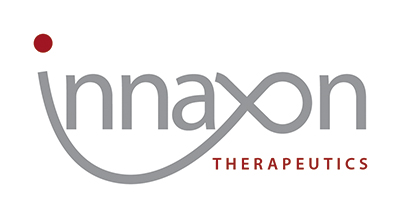2017 Effects of Toll-Like Receptor 4 Antagonists…
Effects of Toll-Like Receptor 4 Antagonists Against Cerebral Vasospasm After Experimental Subarachnoid Hemorrhage in Mice
Mol Neurobiol. 54:6624-6633 (2017)
Kawakita F1, Fujimoto M1, Liu L1, Nakano F1, Nakatsuka Y1, Suzuki H2.
Abstract
Toll-like receptor 4 (TLR4) signaling may play a crucial role in the occurrence of cerebral vasospasm after subarachnoid hemorrhage (SAH). The main purpose of this study was to assess if selective blockage of TLR4 on cerebral arteries prevents cerebral vasospasm development and neurological impairments after SAH in mice. One hundred fourteen mice underwent endovascular perforation SAH or sham operation and were randomly divided into the following 6 groups: sham+vehicle, sham+LPS-RS ultrapure 8 μg, sham+LPS-RS ultrapure 40 μg, SAH+vehicle, SAH+LPS-RS ultrapure 8 μg, and SAH+LPS-RS ultrapure 40 μg. A selective TLR4 antagonist, LPS-RS ultrapure (8 or 40 μg), was administered intracerebroventricularly to mice at 30 min, and the effects were evaluated by neurobehavioral tests and India-ink angiography at 24-48 h, and Western blotting and immunohistochemistry on cerebral arteries at 24 h post-SAH. Higher but not lower dosages of LPS-RS ultrapure significantly prevented post-SAH neurological impairments and ameliorated cerebral vasospasm. SAH caused TLR4 activation and cyclooxygenase-1 (COX1) upregulation in the endothelial cells and smooth muscle cells of spastic cerebral arteries, both of which were significantly suppressed by LPS-RS ultrapure. Another selective TLR4 antagonist, IAXO-102, which has a different binding site from LPS-RS ultrapure, also showed similar protective effects to LPS-RS ultrapure. These findings suggest that TLR4 signaling is implicated in cerebral vasospasm development at least partly via COX1 upregulation, and that TLR4 antagonists have therapeutic potential as a new therapy against cerebral vasospasm.
